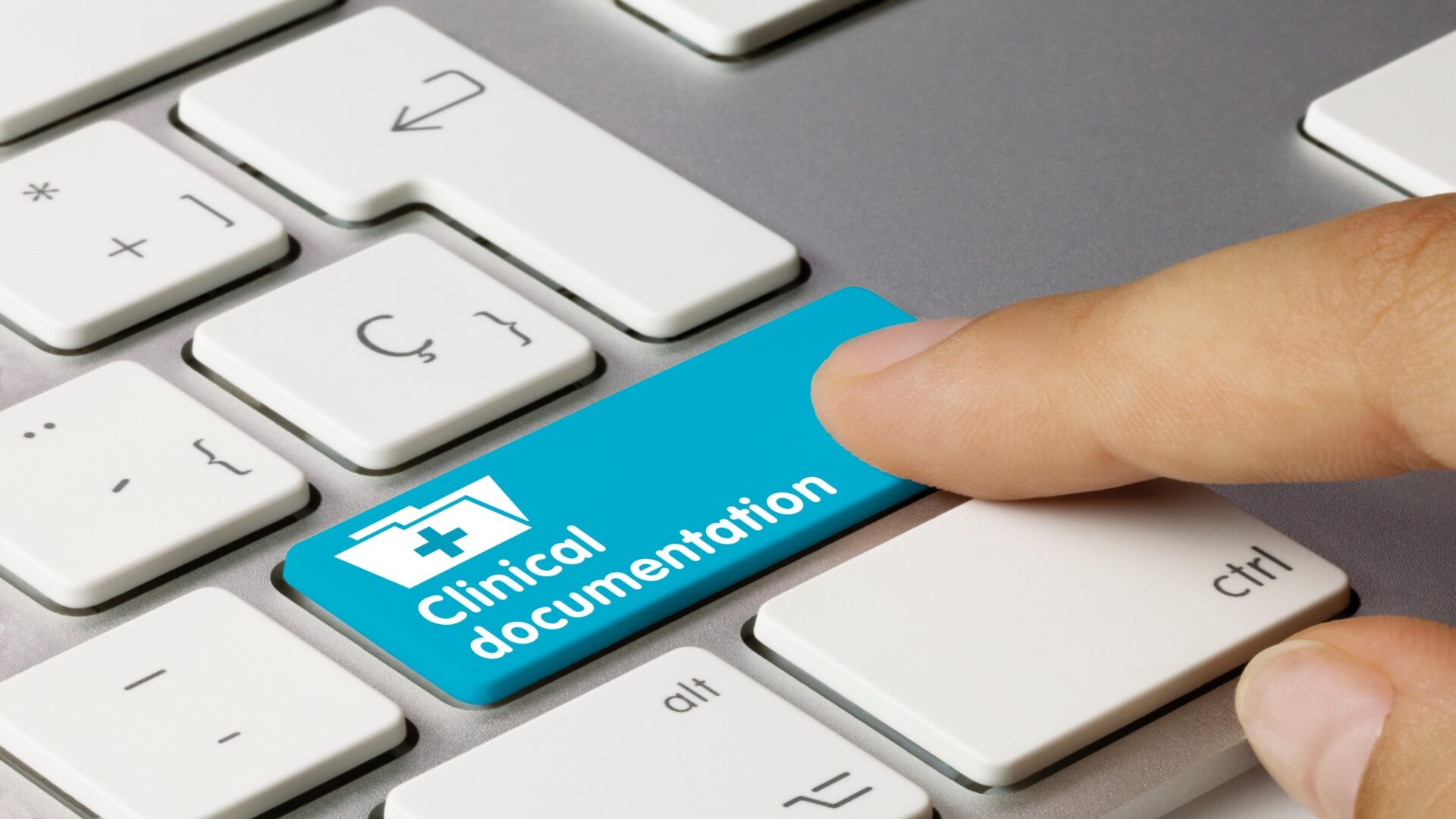Clinical data management is critical to any successful healthcare and research organisation. It ensures accurate and timely information, compliance requirements and good practices to support patient care and measurement of outcomes.
Clinical data reporting is part of the data management process. It includes collecting, organising, analysing, presenting and disseminating the clinical information gathered from various sources during the clinical research.
This article discusses a brief overview of how the clinical data reporting process works.
Regulations And Compliance In Clinical Data Reporting
Healthcare organisations must meet many regulatory requirements to report their clinical data accurately and securely. Meeting regulatory requirements and compliance allows for reusable data and supports data-driven decision-making.
Some of the compliance measures that cover the reporting process include the following criteria:
1. Ethical Guidelines
Healthcare organisations must follow ethical guidelines when handling and reporting data. The guidelines include the declaration of Helsinki. This declaration sets out the ethical principles for medical research involving human subjects. In addition, clinical studies must also adhere to the International Conference on Harmonization (ICH) guidelines, which provide a framework for the development, registration and post-approval of pharmaceuticals.
The ethical guidelines are governed by seven main principles:
- Social and clinical value
- Informed consent
- Independent review
- Scientific validity
- Fair subject selections
- Respect for potential and enrolled subjects
- Favourable risk-benefit ratio.
The researchers must inform each subject about the risks associated with participating in a clinical trial and any potential benefits.
2. Data Collection And Analysis Guidelines
The initial step in clinical data management is the gathering and arrangement of data. This step is crucial as it guarantees precision and comprehensiveness.
The Clinical Data Interchange Standards Consortium (CDISC) offers data collection and analysis guidelines. The Standard Data Tabulation Model (SDTM) is the most used model, which provides a uniform method to manage and present clinical data, facilitating interoperability and access to information.
Additionally, the CDISC provides the Clinical Data Acquisition Standards harmonisation (CDASH) standard, outlining how clinical data should be gathered and reported. Using CDASH-compliant data collection tools makes collecting and reporting clinical data more efficient.
3. Food And Drug Administration (FDA) Regulations
The FDA is responsible for reviewing and approving new drugs and medical devices in the United States. The FDA has regulations to ensure the safety and efficiency of medicines after clinical trials. They include the following:
- Good Clinical Practice (GCP): GCP is a set of ethical and scientific quality standards for the design, conduct, and reporting of clinical trials. It ensures that the data collected during a clinical trial is reliable, accurate and high quality.
- Electronic Common Technical Document (eCTD): The FDA requires submission of clinical data in electronic format using the eCTD format to the Center for Drug Evaluation and Research (CDER) and Center for Biologics Evaluation and Research (CBER) for easier access and standardisation during review and approval of new treatments.
All these guidelines and regulations guide healthcare organisations in efficiently managing, collecting, analysing and reporting clinical data.
In addition, many pharmaceutical companies rely on electronic batch record software to maintain compliance and data integrity throughout the manufacturing process, ensuring their reporting aligns with FDA expectations.
4. Clinical Data Reporting Steps
The clinical data reporting process includes the following five steps:
- Step 1: Review Requirements For Clinical Reporting
Before collecting data, healthcare organisations should review the requirements for clinical reporting. This includes understanding the applicable regulations and guidelines, as well as defining a clear goal of the report.
- Step 2: Complete Results Modules
The results modules are the documents that contain all the data collected during a clinical trial. The healthcare organisation should provide accurate and complete information to guarantee that regulatory agencies will accept the data. The form can be accessed through federal sites like ClinicalTrials.gov. You can also check the site for all the guidelines required to complete the modules.
- Step 3: Upload Supplemental Documents
Supplemental documents should also be uploaded, such as the investigator’s brochure, full study protocol, informed consent document, and protocol synopsis. These documents provide additional information about the clinical trial. They’re necessary to ensure that the data is accurate and complete.
- Step 4: Submit Data To Regulatory Agencies
The healthcare organisation should submit all the completed modules and supplemental documents to the relevant regulatory agencies. The FDA has specific requirements for submission, and failing to comply can result in unnecessary delays in approving drugs or medical devices.
- Step 5: Review Data Submitted And Resolve Issues
Finally, healthcare organisations should review the data submitted and ensure that they’ve resolved all issues before submitting it to regulatory agencies. Resolving these issues is crucial to ensure that the data the researchers presented is accurate and complete.
Conclusion
The clinical data reporting process helps healthcare organisations meet all regulations and guidelines for collecting and submitting clinical trial data. These steps help healthcare organisations ensure that the researchers conduct the clinical trials efficiently, ethically and safely and that regulatory agencies accept the data they collected.




















